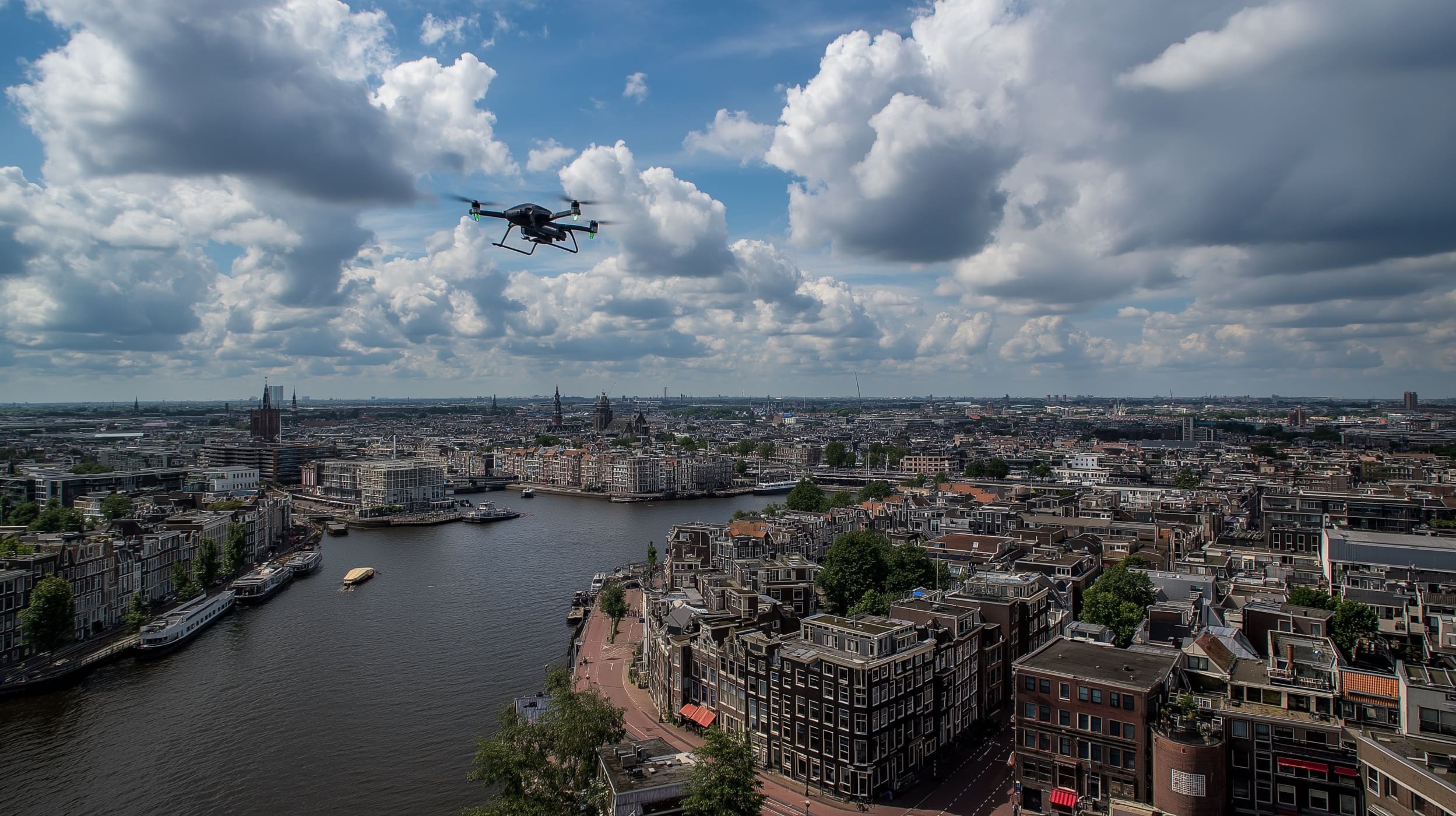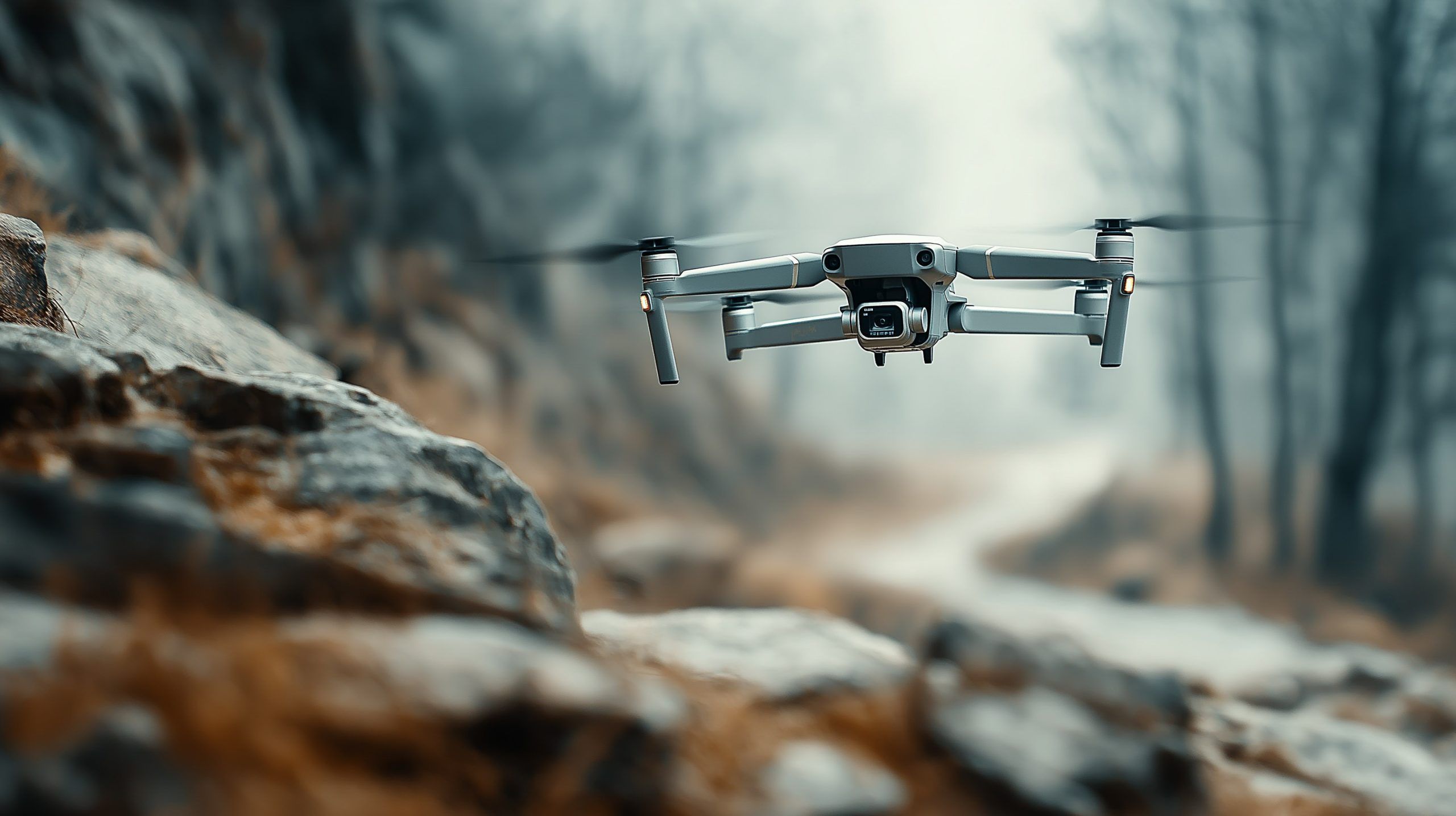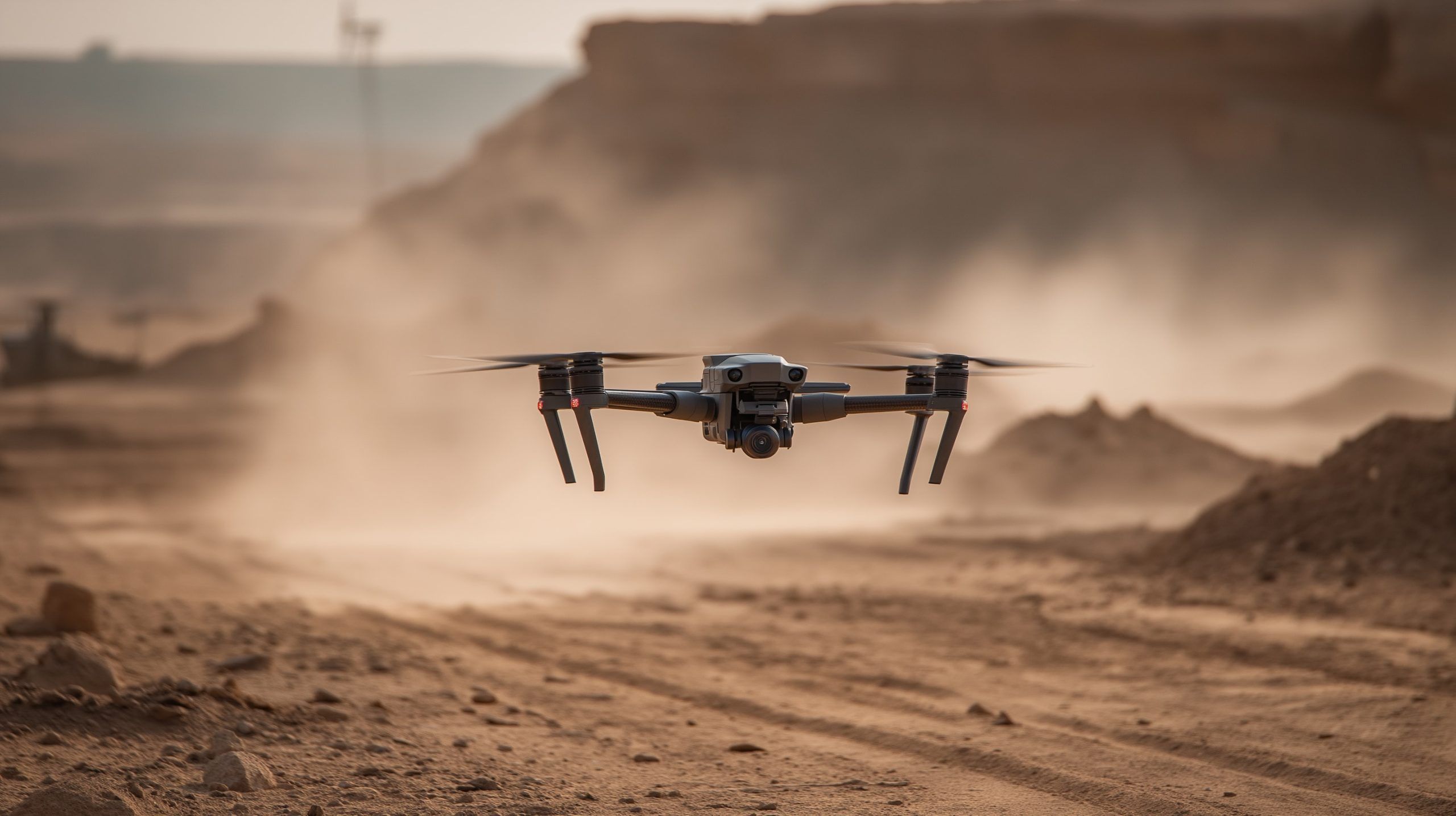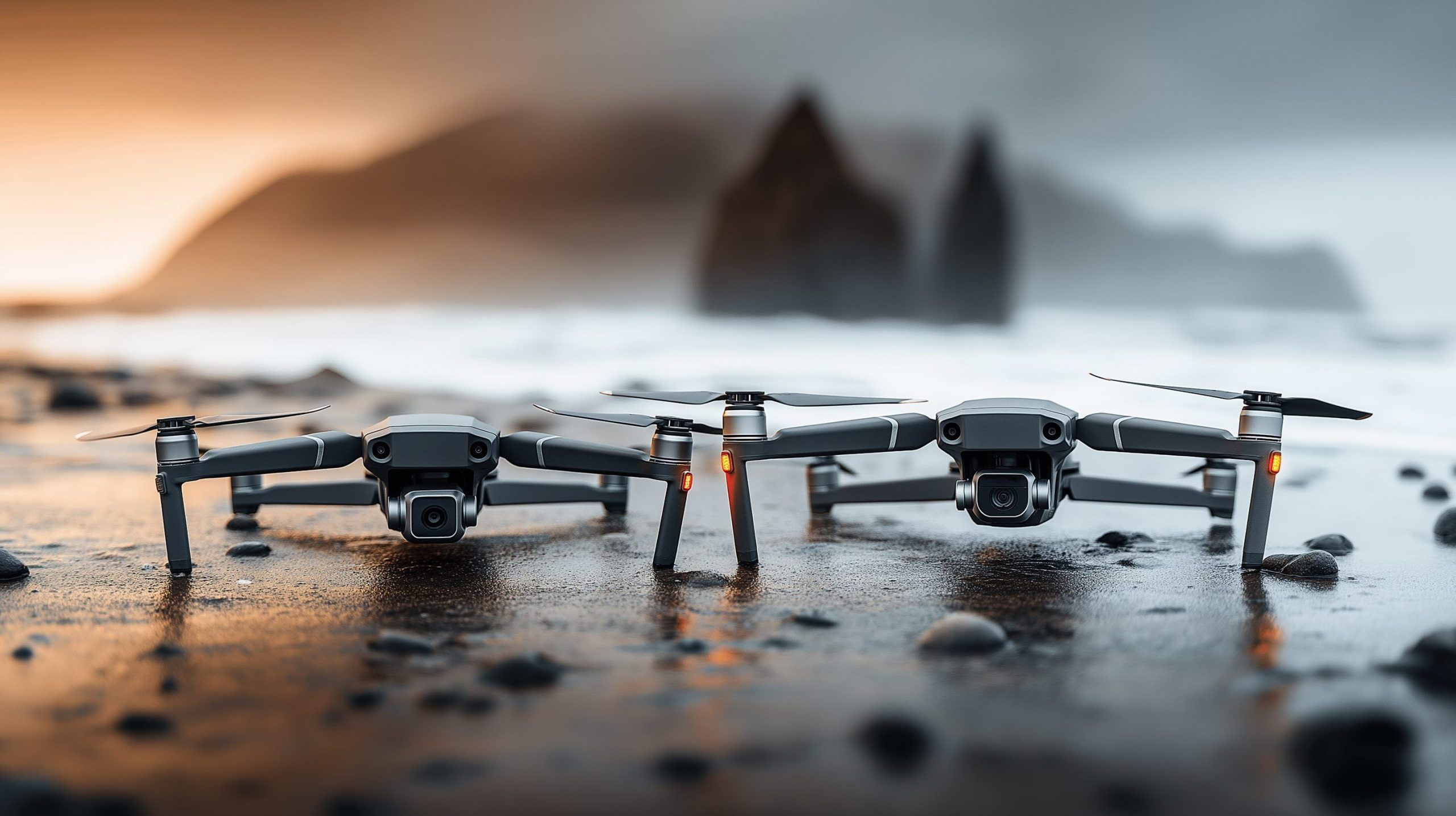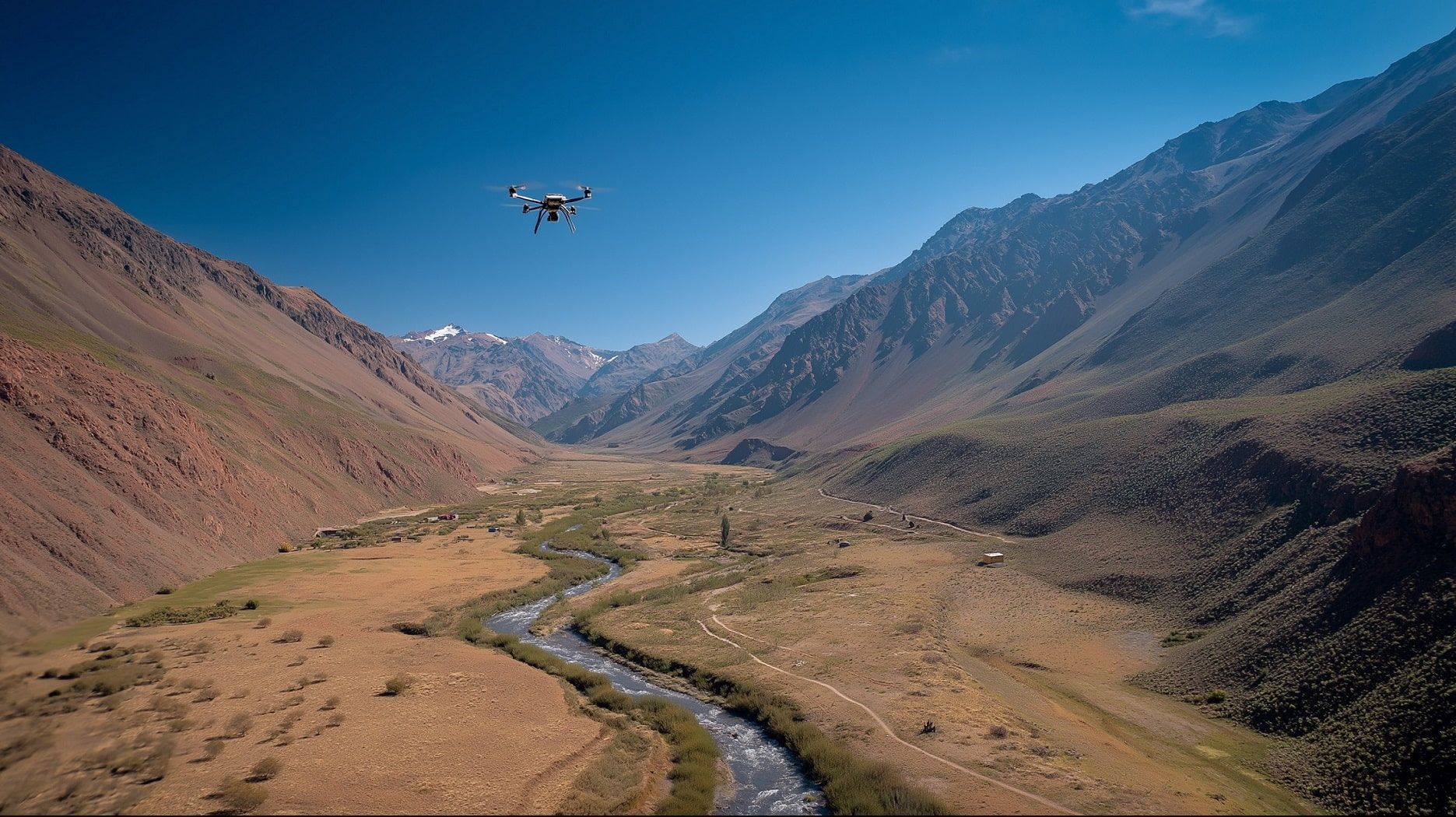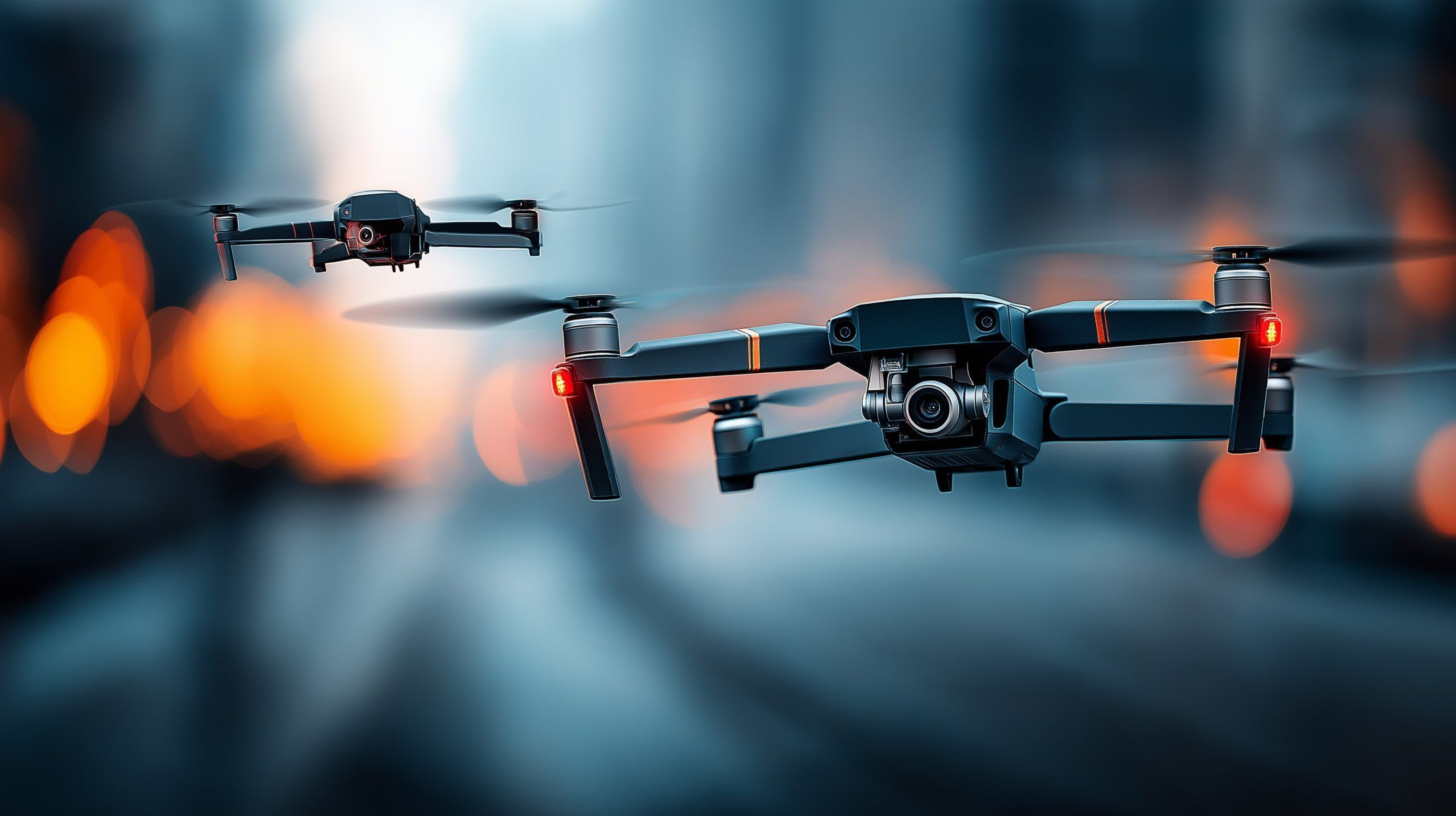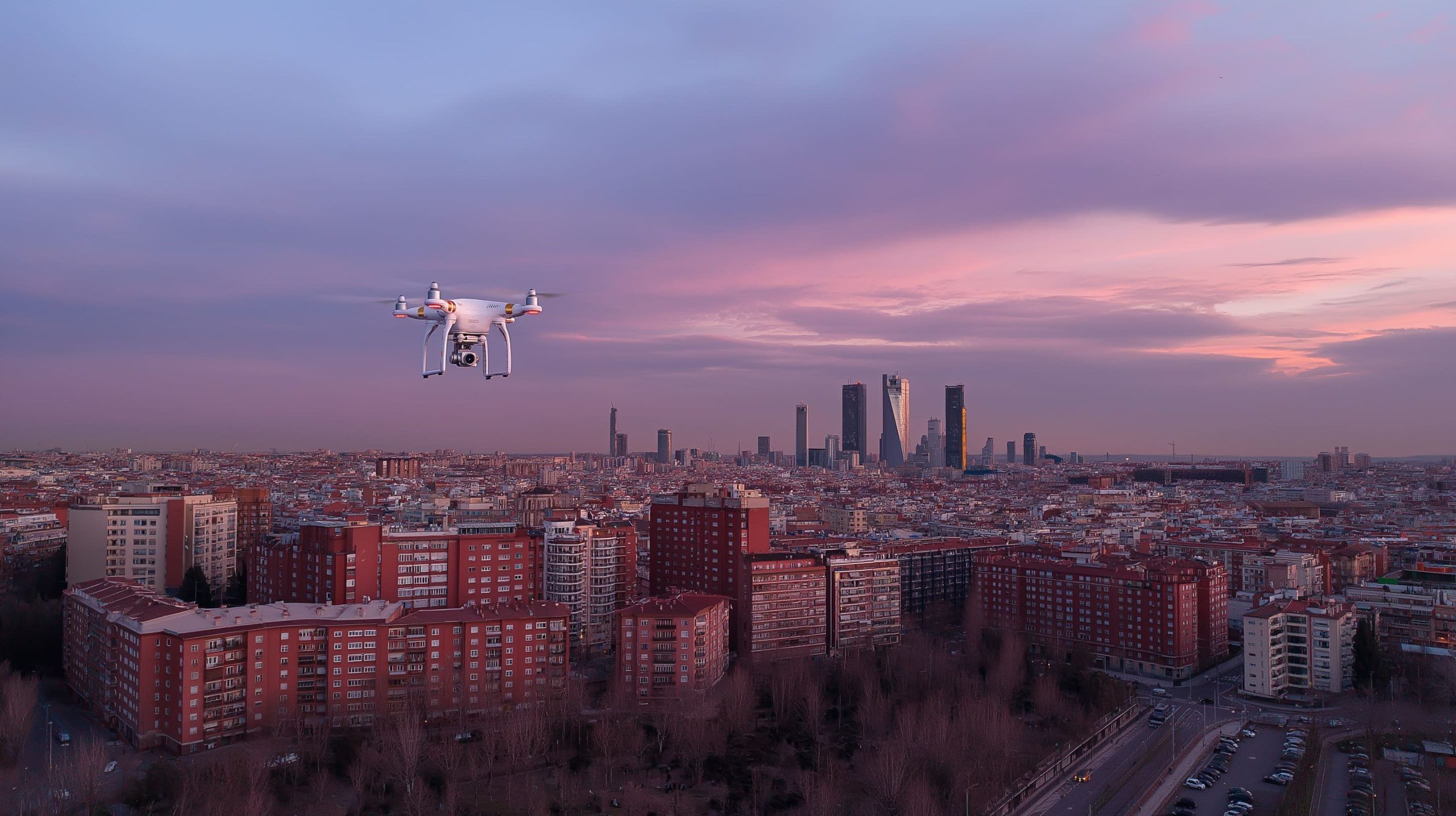
Don’t Fly Your Drone in Madrid Until You Read These 11 Critical Law Updates (2025)
Spain fully adopted the EU drone framework in 2021 (EU Regulations 2019/947 and 2019/945), eliminating the recreational vs professional distinction and regulating all flights by risk category. The Agencia Estatal de Seguridad Aérea (AESA) regulates drones nationwide; operator registration is

